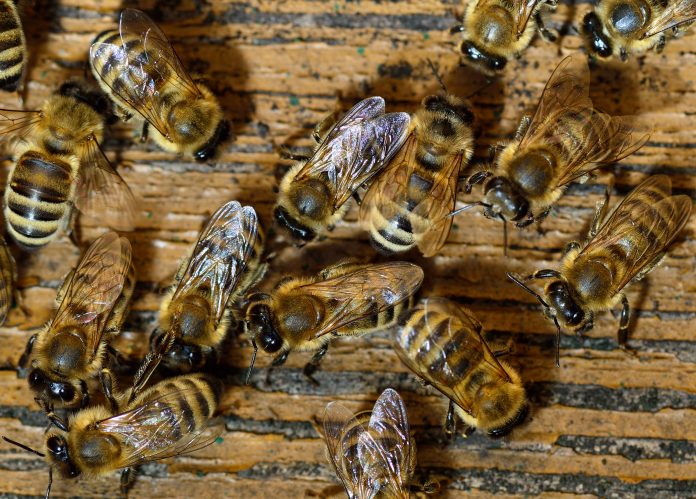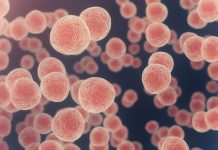Researchers from the University of Western Australia have found that the venom of honeybees can destroy aggressive breast cancer cells in a lab setting
Using the venom from 312 honeybees and bumblebees in Australia, Ireland and England, Australian researchers found that honeybee venom destroyed triple-negative breast cancer, which has limited treatment options. The venom also destroyed HER2-enriched breast cancer cells.
The aim of the research was to investigate the anti-cancer properties of honeybee venom, and a component compound, melittin, on different types of breast cancer cells.
Breast cancer is the most common cancer affecting women globally.
There are many chemical compounds which can fight cancer cells in a lab setting, however, there are few which can be produced for use on humans.
The results were published in the journal Precision Oncology by the Harry Perkins Institute of Medical Research and The University of Western Australia.
Melittin is the key
Researchers tested a small, positively charged peptide in honeybee venom called melittin, which could be reproduced synthetically. The reproduced, synthetic product mirrored the majority of the anti-cancer effects of honeybee venom.
Both honeybee venom and melittin significantly and rapidly reduced the viability of triple-negative breast cancer and HER2-enriched breast cancer cells.
A specific concentration of honeybee venom can induce 100% cancer cell death while having minimal effects on normal cells.
Ciara Duffy, from the Harry Perkins Institute of Medical Research, said: “We found that melittin can completely destroy cancer cell membranes within 60 minutes.
“We looked at how honeybee venom and melittin affect the cancer signalling pathways, the chemical messages that are fundamental for cancer cell growth and reproduction, and we found that very quickly these signalling pathways were shut down.
Melittin in honeybee venom was also found to have another remarkable effect. Within 20 minutes, melittin was able to substantially reduce the chemical messages of cancer cells that are essential to cancer cell growth and cell division.
Western Australia’s Chief Scientist, Professor Peter Klinken, commented: “This study demonstrates how melittin interferes with signalling pathways within breast cancer cells to reduce cell replication. It provides another wonderful example of where compounds in nature can be used to treat human diseases.”
Using venom alongside existing chemotherapy
Melittin was also tested to see if it could be used alongside existing chemotherapy drugs as it forms pores, or holes, in breast cancer cell membranes, potentially enabling the entry of other treatments into the cancer cell to enhance cell death.
The combination of melittin and docetaxel, a type of chemotherapy, was extremely efficient in reducing tumour growth in mice.”
The European honeybee in Australia, Ireland and England produced almost identical effects in breast cancer compared to normal cells. However, bumblebee venom was unable to induce cell death even at very high concentrations.
Scientists warn that more work will be needed to see if the venom could work on scale as a cancer-fighting drug.
In the future, studies will be required to formally assess the optimum method of delivery of melittin, as well as toxicities and maximum tolerated doses.
The findings also highlight the potential of compounds in nature to cure diseases in humans, giving another incentive for us to protect what little wildlife we still have left.











